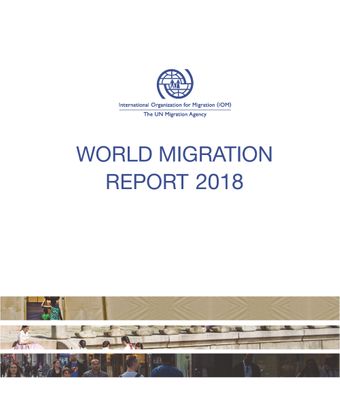- Home
- Books
- World Migration Report 2018
- Chapter
Migrants and cities
Stepping beyond World Migration Report 2015

- Author: International Organization for Migration
- Main Title: World Migration Report 2018 , pp 224-241
- Publication Date: December 2017
- DOI: https://doi.org/10.18356/0b71e62a-en
- Language: English French, Spanish
The 2015 edition of the World Migration Report (WMR) was devoted to a single theme: the relationship between migrants and the cities of the world. With more than half of the world’s population now living in urban areas, it is not surprising that cities are gaining recognition from those who write policy, conduct research, invest or migrate. Nearly all migrants, whether international or internal, are destined for cities, for it is in the city that their human capital is most rewarded. The fact that the WMR 2015 was devoted to cities was a clear and timely acknowledgement that cities must be better appreciated as the destinations of the world’s migrants, and that it is not only national authorities that influence where migrants go and how they fare once they arrive. Rather, it is the city that often is the primary draw for migration, and it is the city within which the integration of migrants often takes place. How we think of the governance of migration or, indeed, the governance of societies more broadly, is changing in recognition of the rapidly growing importance of the world’s cities to the workings of societies and their economies. The World Migration Report 2015 covered much ground. This chapter of the WMR 2018 is a short update to the 2015 work, and we hope that it stimulates new research and causes policy officials at all levels of government to think deeper into the workings of cities and their governance roles.
-
From This Site
/content/books/9789213629383s007-c011dcterms_title,dcterms_subject,pub_keyword-contentType:Journal -contentType:Contributor -contentType:Concept -contentType:Institution105



